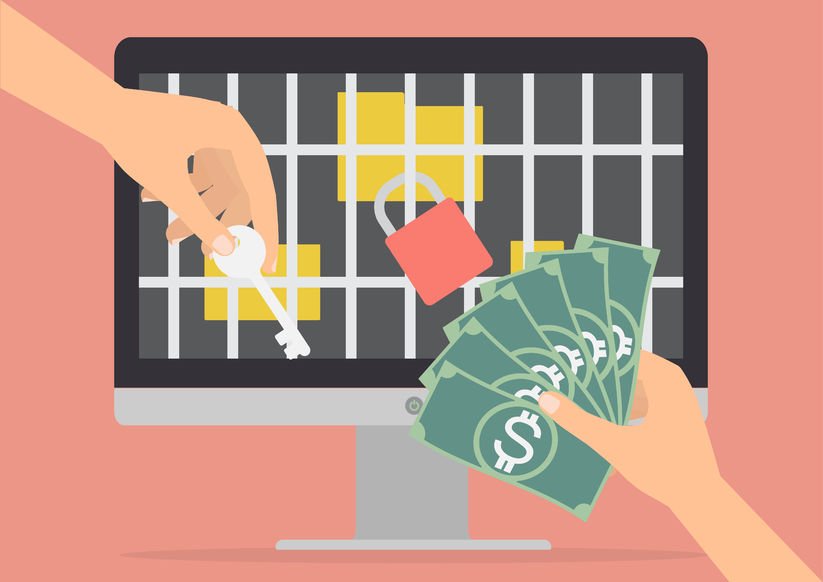
Ransomware Tips and Solutions for Windows 7, 8, 8.1 and 10
Your best bud may be taken hostage by e-terrorists anytime. With malicious enemies such as Locky running around the digital streets of the online world, you have to be very careful these days. Such malware can encrypt your files, refusing to unlock them unless you pay up!
We’ll teach you all you need to know in order to become your PC’s hero.
Threats: scareware, lock-screen viruses and the worst stuff
Scareware is the simplest form of ransomware – bogus antivirus detecting all kinds of security issues, and demanding money in order to fix them. Such invaders are the easiest to remove.
The lock-screen viruses won’t allow you to use the PC at all, displaying a fake FBI logo saying that you have violated some law and that you need to pay a fine. Lol!
The worst stuff includes malware like Locky that encrypts and locks your dearest files, until you pay up.
Solutions: Virus scans from Safe Mode and System Restore
First, you have to eliminate the hostage taker, before you’re able to free your hostage PC. The simple kind of ransomeware can be easily removed and the procedure includes entering windows’ Safe Mode and running a virus scanner. If the enemy prevents you from entering Windows/running programs, you should use System Restore, to go back in time. Here are the steps you need to follow according your OS:
Windows 7
- Shut down the PC;
- Turn the PC on and press F8 repeatedly when you see anything on the screen. Advanced Boot Options menu should appear;
- Select Repair Your Computer. After following the steps, click System Restore.
Windows 8, 8.1 and 10
- If your PC boots to the Windows login screen, hold Shift, press the power icon and Restart to reboot to the recovery screens;
- Go to Troubleshoot > Advanced Options > System Restore;
- If System Restore doesn’t work, try running a virus scanner from an USB drive or a bootable disc.
Recovering hidden and encrypted files
Windows 7
- Go to Computer;
- Pres Alt, then select Tools;
- Go to Folder Options, select View;
- Go to Show hidden files, folders and drives.
Windows 8, 8.1 and 10
- Open a File Explorer;
- Go to View;
- Go to Hidden items.
This is pretty much it; don’t ever forget that the best way to stay away from trouble is to have a good antivirus and to keep Windows and all browser-related items up to date to keep your PC as safe as possible.

